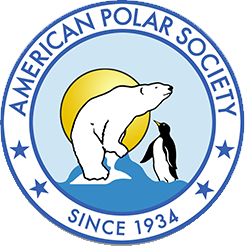Officers
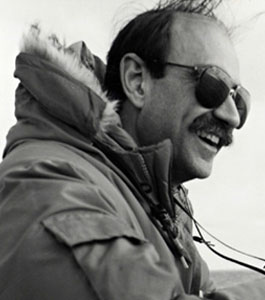
Ray Arnaudo
Acting President
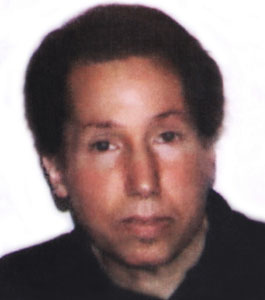
Sheldon Bart
Acting Vice President
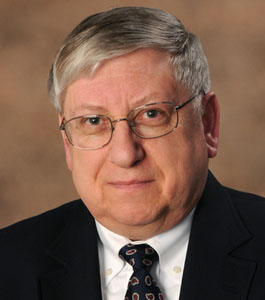
Dr. Lawson Brigham
Acting Vice President
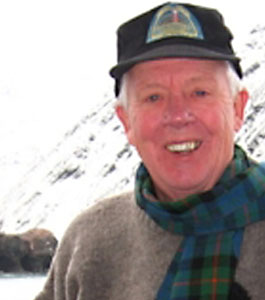
James Collinson, PhD
Secretary
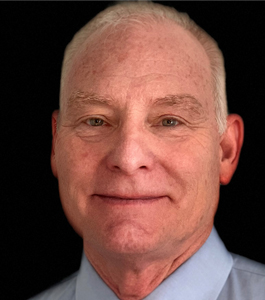
George Blaisdell
Membership
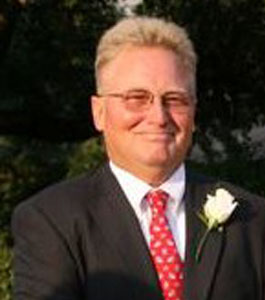
Steve Floyd
Treasurer
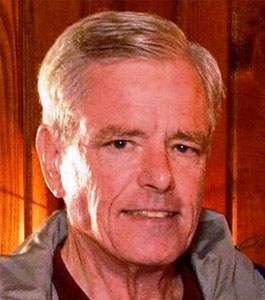
Bob Breyer
Corporate Relations
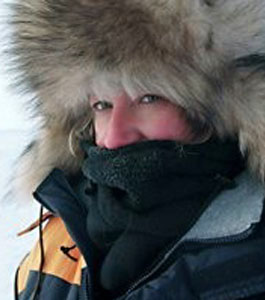
Moki Kokoris
Editor, Polar Times
Board Members

Ray Arnaudo
Board Member

Sheldon Bart
Board Member

George Blaisdell
Board Member

Bob Breyer
Board Member

Dr. Lawson Brigham
Board Member
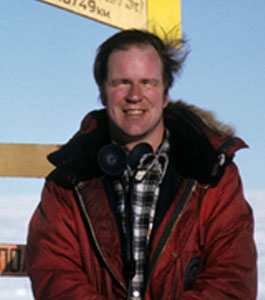
Robert Flint
Board Member

Moki Kokoris
Board Member
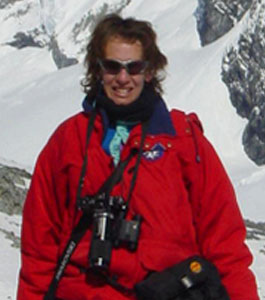
Denise Landau
Board Member
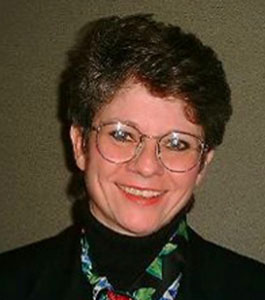
Dr. Michele Raney
Board Member
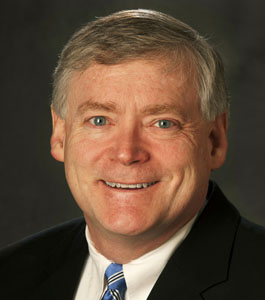
Mead Treadwell
Board Member
Emeritus Members

Richard Chappell, PhD
Emeritus Member
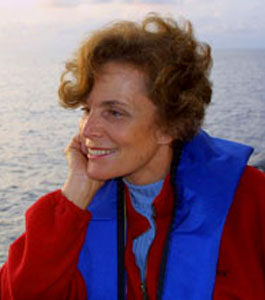
Sylvia Earle, PhD
Emeritus Member
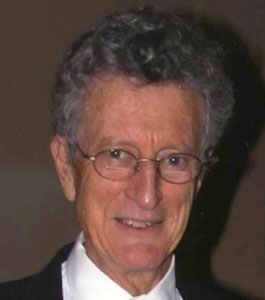
David Elliot, PhD
Emeritus Member
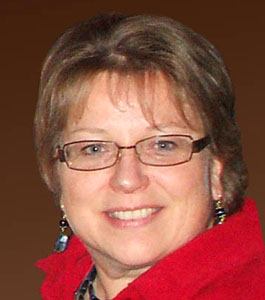
Elaine Hood
Emeritus Member
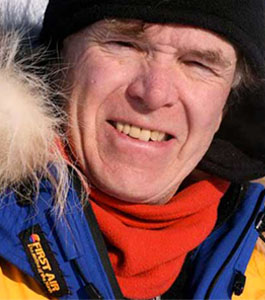
Will Steger
Emeritus Member

James Collinson, PhD
Board Member
